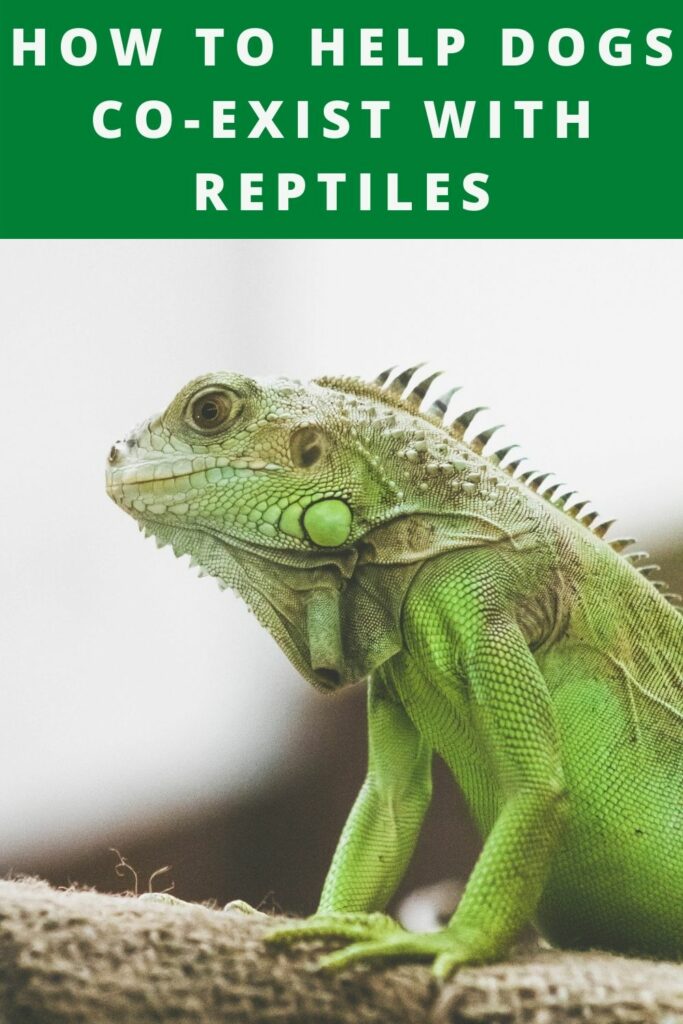Reptiles and dogs living together in the same home sounds like a great idea, right? But, the thought of these two animals co-habiting can be intimidating, especially for new pet parents.
Dogs can cause so much damage and even eat a reptile, such as a lizard. Why is that? Some dog breeds like the Australian shepherds and beagles have a high prey drive. This, however, does not mean that these two animals cannot be friends.
With our helpful tips and lots of patience, you can learn how to help dogs co-exist with reptiles. It is a process, which might probably take several attempts before you can successfully create a bond between these unlikely duo.
Read on to get the tips!
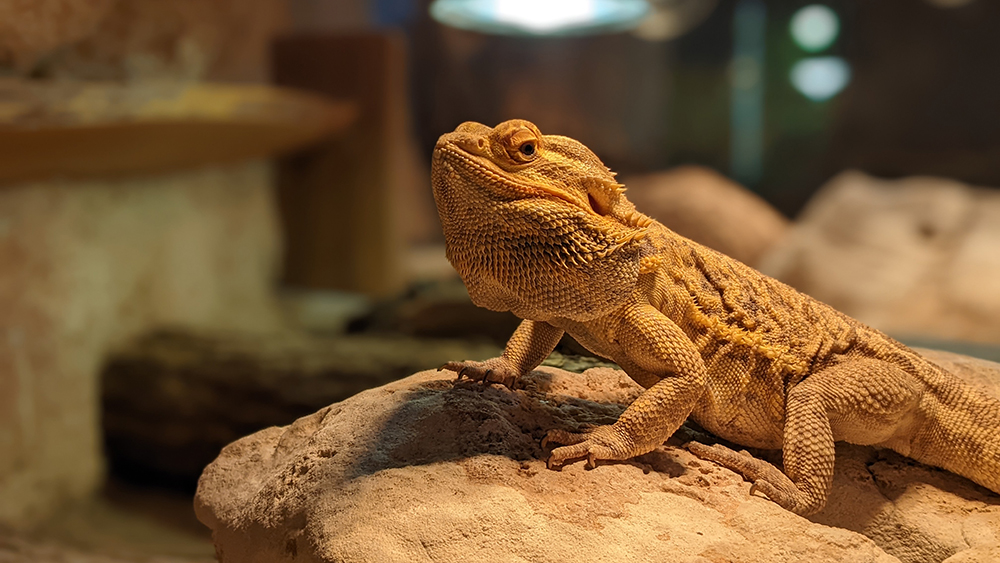
You can best learn how to help these two animals co-exist with the help of the following tips.
Although these two animals are completely different, they have the potential to co-exist if you choose the right species.
Dog breeds with a strong desire to chase things may be challenging to teach how to co-exist with reptiles. The reaction of most owners who face this situation would be to try to stop the behavior by using a shock collar and a leash.
But, instead of all that, you should consider a dog breed with a low prey drive. Some great examples that you can consider include but are not limited to the following.

The Maltese dog is one of the most popular small dog breeds with a low prey drive. The small size of the dog makes it adaptable to small homes and apartments without a garden.
This breed has an amazing character. The Maltese dog is usually very happy, affectionate, sociable, and playful. The dog can be a little bit nervous if it spends too much time alone at home as it prefers to feel accompanied. It should not be challenging to teach this dog how to co-exist with a reptile.

Friendly, loyal, and super attractive, boxers are among the most popular dog breeds with a low prey drive. They are usually bright, alert, and very courageous. Despite their robust and imposing appearance, the boxer’s personality is soft. So, introducing a boxer to a reptile should not be very difficult.
There are many reptile species in the pet industry that you can consider. But, not all of them have a gentle disposition. Here are a few examples of super docile and friendly reptiles that you can consider:
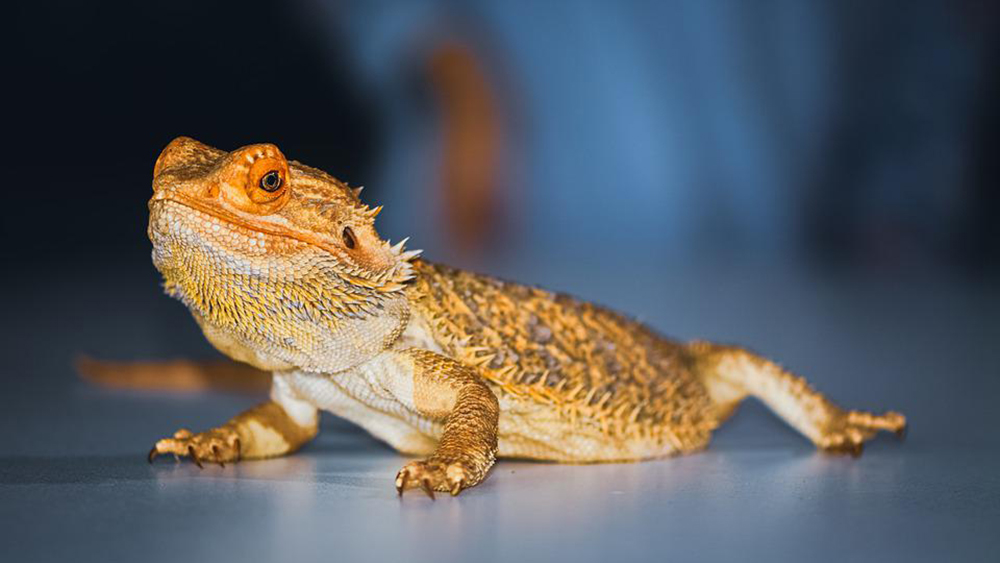
As far as reptiles go, bearded dragons are among the friendliest and easiest to keep. This does not mean that they are easy, but they are not as demanding as other reptiles.
They are quite social creatures toward their owners and they are not generally aggressive. With that said, these calm creatures will not give you a very hard time co-existing with dogs. But, you should know male bearded dragons may not be friendly to each other in the same enclosure.
If you are a new pet parent, you also need to ask yourself, how do bearded dragons communicate? Unlike dogs who use body language and vocals, beardies communicate mainly using body language. The body signs they show are important when observing an interaction between a beardie and a dog.
The first and most common sign is arm-waving, which could mean hello or submission. If a beardie bobs its head up and down, this could be a sign of dominance or the beardie is very angry and ready to attack.
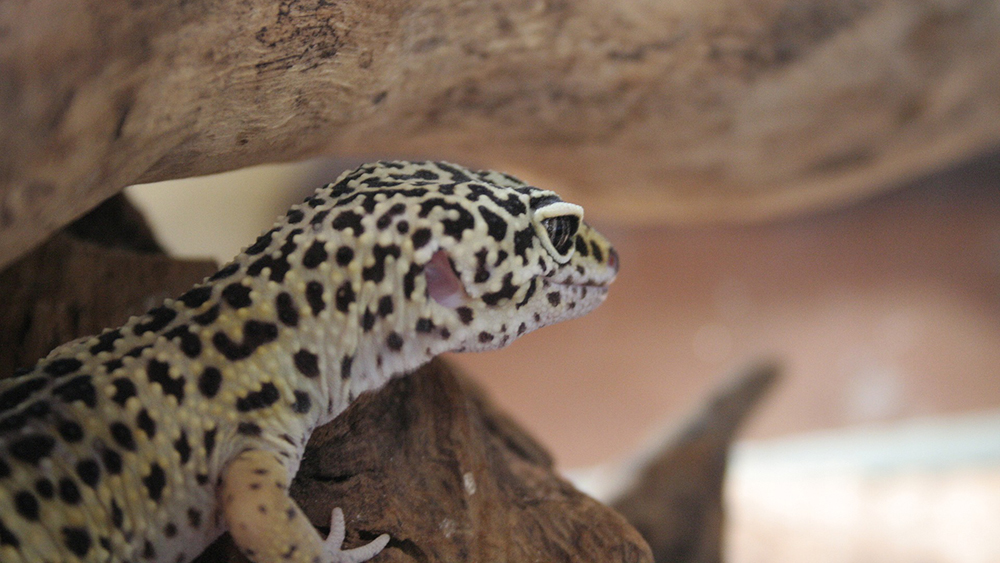
The second most suitable reptile a new pet parent can consider is a leopard gecko. Leopard geckos are usually mild-tempered, non-aggressive, and do not act skittish.
These reptiles can be kept alone or together, and will not experience distress if kept by themselves. If two leopard geckos can co-exist, then there is a chance they can co-habit with dogs.
Just like bearded dragons, leopard geckos also communicate using body language. If the presence of a dog threatens or scares your leopard gecko, it will most likely shed its tail. Then it will wiggle the tail on the ground as a distraction.

A visit to the vet is important for both animals even when they appear healthy. The vet will be able to identify issues that you might easily overlook or impossible to detect.
A veterinarian accomplishes this through a thorough physical exam, testing, vaccination, prescribing medication, and education.
For a dog, the vet may check for heartworm disease and intestinal parasites. A vet may also recommend wellness testing, which may help detect subtle changes that signal the onset of disease.
A bigger threat for both dogs and pet parents may come from reptiles. While lizards, turtles, and snakes may look friendly and healthy, an estimated 90 percent of all reptiles carry salmonella bacteria as an intestinal infection.
Only a veterinarian is most qualified to check and confirm that a reptile is not a carrier of salmonella bacteria.
As much as you want to help your dog and reptile co-exist, you cannot leave them in the same space when you are not around. So, it’s best to provide a safe and private space for each animal.
As much as you want to help your dog and reptile co-exist, you cannot leave them in the same space when you are not around. So, it’s best to provide a safe and private space for each animal.
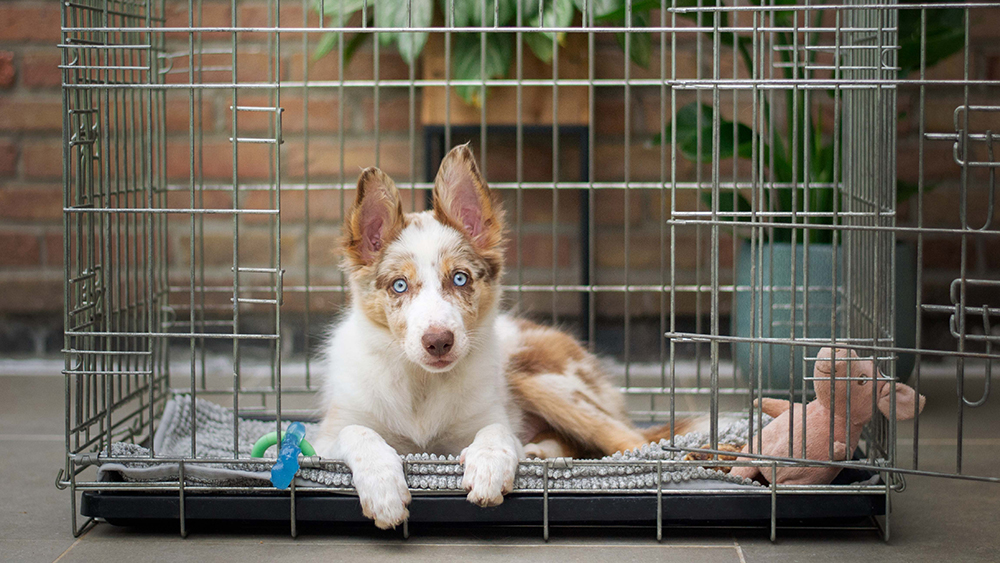
You may look at a crate and think that it is cruel to put your dog in one. But there are actually some really amazing benefits of having a crate for your dog.
For starters, you can confidently leave your dog in the crate without worrying about it causing mayhem in your absence. Secondly, a crate makes transportation easier, especially when going to the vet. A crate is also necessary when your dog needs medical attention after an operation.
You cannot, however, force your dog to get into the crate. So, you have to conduct crate training. It is usually easier when your dog is a puppy, but older dogs can also be crate trained.
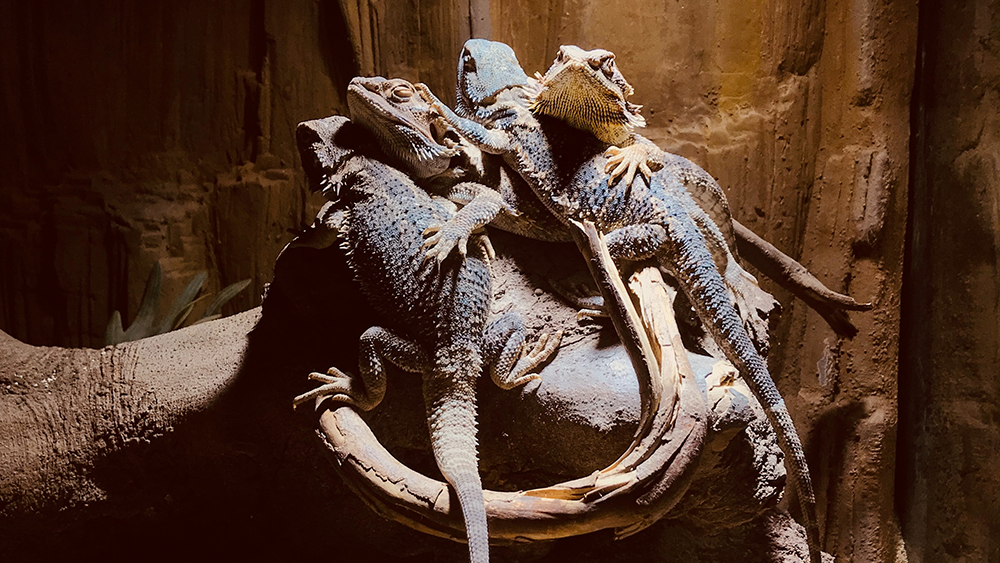
Many domesticated reptiles can be housed in a simple terrarium. The enclosure should be approximately sized for the animal. But the bigger the enclosure the better.
The location of the terrarium is very important, considering that reptiles are cold-blooded. Preferably, it should be away from windows and doors. Then choose the appropriate furnishing for the enclosure. A bearded dragon’s enclosure, for example, will need basking rock, hide spots, bones, a hammock, live plants, flagstone, bedding, and foam decorations.
Regardless of the type of enclosure, the native habitat of the reptile should be mimicked whenever possible.
The next important thing you have to do is train the pets. It might take a while, but it is worth the time and effort.
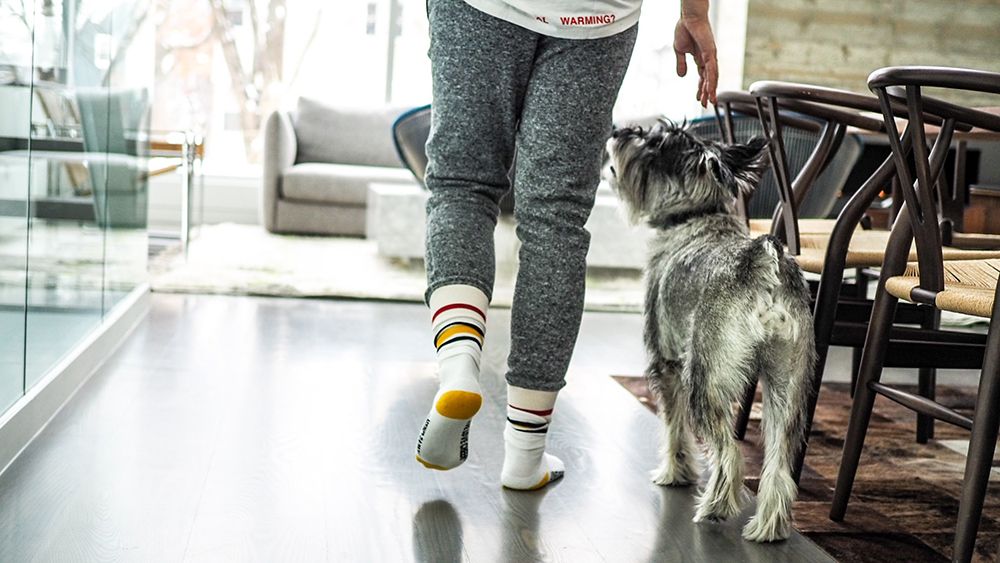
With regular training sessions, not only will your dog’s manners improve, but it will be much calmer and easier to manage. Another benefit of proper training is that you will be able to introduce your dog to a reptile and be able to trust it to behave.
There are a few basic commands that you have to concentrate on, including sit and stay command, and the leave-it command.
The sit and stay command is useful in teaching your dog patience. If your dog tends to get excited when meeting a reptile, the sit and stay command will come in handy.
The leave-it command, on the other hand, will help keep your dog from harming or eating a reptile, such as a small lizard.
Teaching a dog basic commands is easy, but the same cannot be said with reptiles. A reptile may not be able to directly obey commands. The best you can do is tame the animal. This, of course, depends on the species of the reptile and its temperament.
Plan the first meeting between your dog and reptile accordingly. There is a chance that the meeting may not go as planned. So, you should be prepared to do this more than once before the two animals get comfortable with each other’s presence. Here are a few tips to follow:
Note: Immediately stop the meeting if any of the two animals display any stress signs. Take each animal to its private space to cool down. Then, plan another meeting.
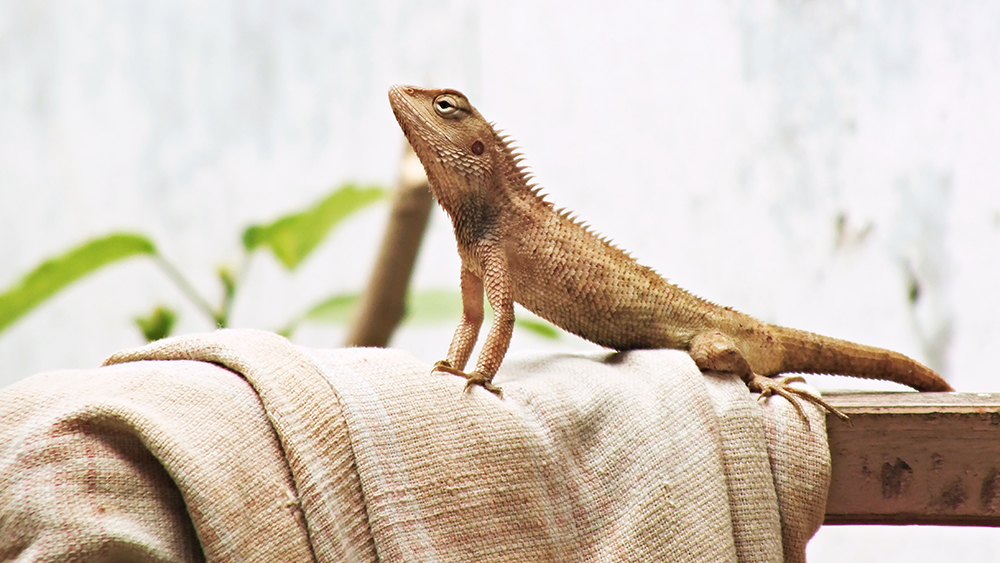
We have covered all the possible measures you can take to help your dog co-exist with a reptile. But, this is a process that may take time, patience, and vigilance. It might be easy for some pet parents and extremely challenging for others. Just make sure you have calm and friendly pets that can actually co-exist after proper introductions.
